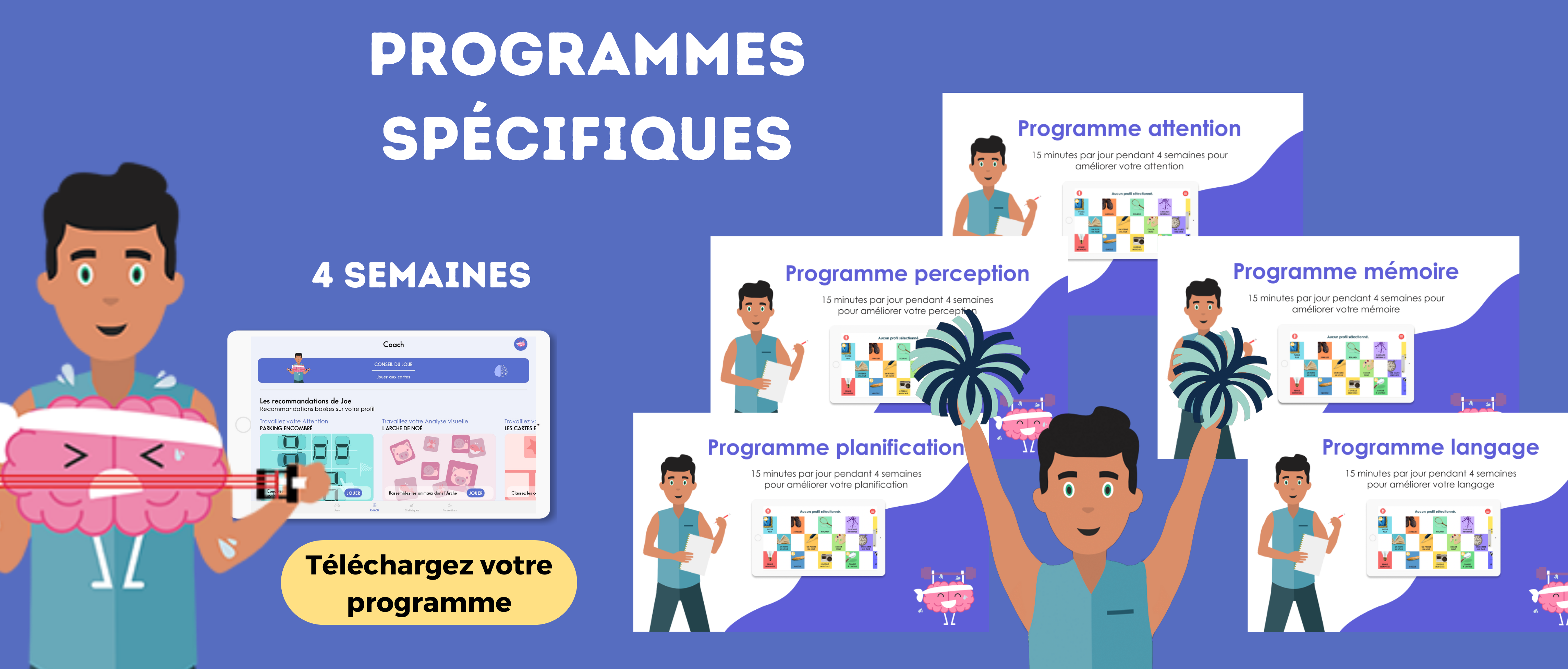Work
its VISUAL GNOSIES
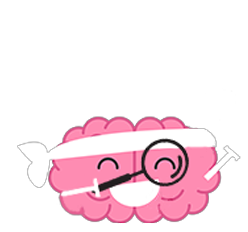

Preserving visual gnosis
Reinforce the ability to identify, recognize and interpret objects.

Enhance visual object recognition
Improve ability to quickly recognize objects, faces and shapes.

Applications in everyday life
Working on your attention with our games helps you to better interpret visual information.

Visual gnosias refer to the ability to perceive an object through our vision, to represent it and grasp its meaning.
What are visual gnosias?
Visual gnosias are simply a term that defines the ability to recognize objects through sight.
What you need to know is that there are 2 major cerebral visual pathways:
- The“WHAT” channel specializes in the visual identification of objects. It extracts visual information from stimuli and processes it with the aim of recognizing and assigning meaning.
- The“WHERE” channel which locates objects in space.
When there is a brain lesion in one of these 2 pathways, this can lead to disorders affecting either object recognition or object localization. When there is a disorder in one of the two pathways, we speak of visual agnosia.
Visual gnosis disorders
Visual agnosias are defined as the inability to recognize people or objects when presented visually. In order to conclude that there is visual agnosia, recognition in other modalities must be preserved. For example, with touch, i.e. by touching the object, or with hearing, by hearing the noise it makes.
There are two types of visual agnosia:
Associative visual agnosia, which is the inability to recognize what one perceives correctly; perception is correct but devoid of meaning. For example, you can copy a drawing, but you don’t recognize what you’re copying.
Perceptive visual agnosia, which is the inability to recognize what one sees due to perceptual deficits, no longer makes any sense. For example, we are unable to copy a drawing.
Exercises to train and improve visual gnosis
To improve your visual gnostic abilities, try observing your surroundings. Look for every possible detail in an object, person or place. Concentrate on shapes, sizes and colors.
You can also think about the distance between objects or their positions in space. Then try to remember what you saw, without having the model in front of you. Do you remember all the details?
You can also do the opposite exercise. Think of an object you have at home, and try to create a mental image of it. Then take the object in question and see if it differs from what you’ve just imagined.
Our games for working visual gnosis
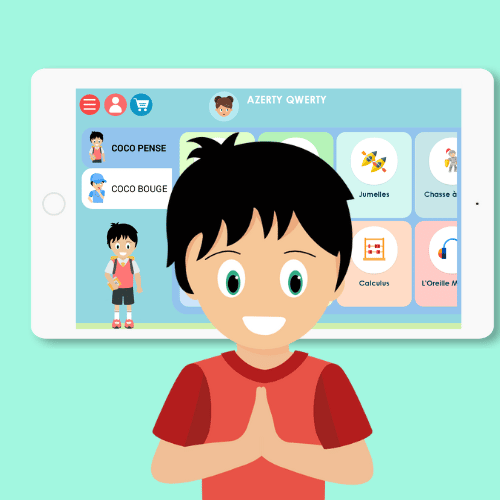
- Twins
- Puzzle Plus
- Silly Sequence
- Furious Cards
- Colorform
- Mock
- ShapeBox
- Coco at the beach
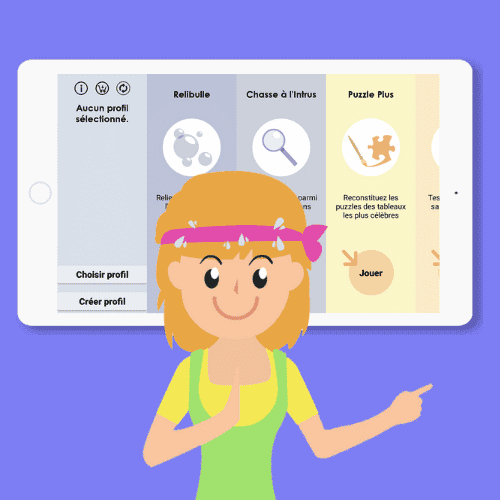
- Around the world
- Twins
- Puzzle Plus
- Colorform
- Silly Sequence
- Wild card
- Mock
- ShapeBox
- Scarlett on skis
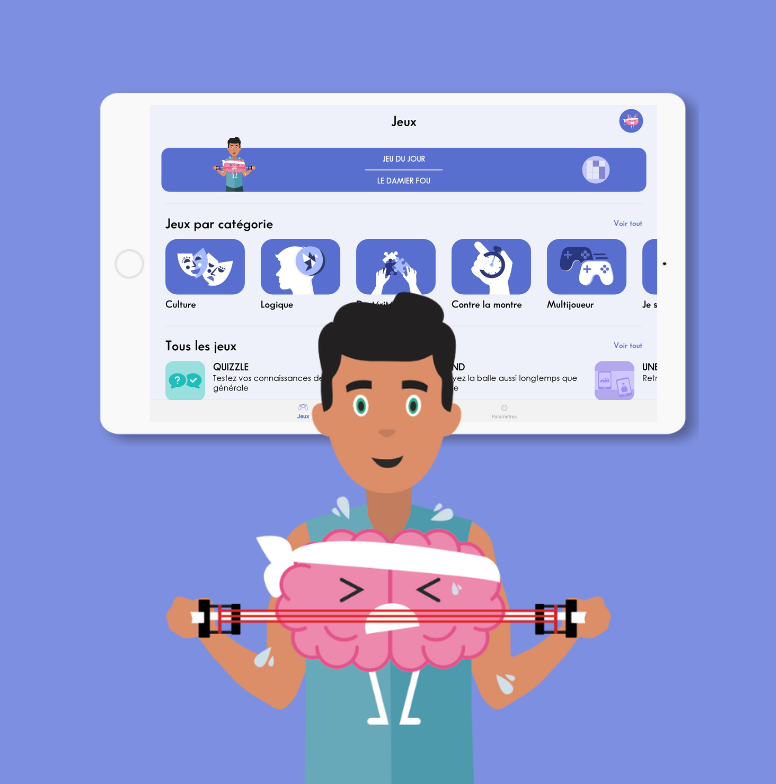
- Around the world
- Twins
- Puzzle Plus
- Silly Sequence
- Wild card
- Colorform
- Mock
- ShapeBox
- Clint the pirate
Visual gnosias are therefore very important for moving around in the environment and interacting with others or with objects. Visual gnosias are necessary for 3 functions:
1. Identification of objects and people
This function enables us to recognize an object by looking at it. Recognizing an object enables us to prepare for action, to know how to use an object and to adapt to the environment around us. We can also recognize people and know their names, and remember shared experiences.
Puzzle Plus
In this game, you have to solve a puzzle by moving the pieces available. The player has to identify the elements in the pieces and organize them to form the final image.
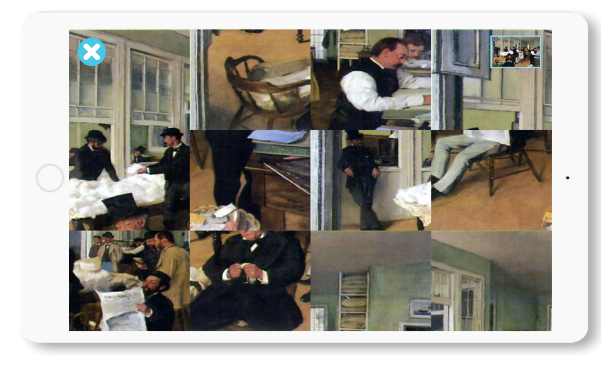
2. Object and environment analysis
To move around and interact with the environment, we need to be able to analyze the objects around us. So we can imagine an object’s size, weight and functionality. What’s more, we can analyze the movement of an object or a person to imagine its trajectory, for example.
Clint the pirate
In this game, you have to move your character to his goal without touching the obstacles.
You have to imagine the character’s trajectory and analyze the position of each element. There are many ways to reach the goal, but by analyzing all the objects, you can find the quickest route.
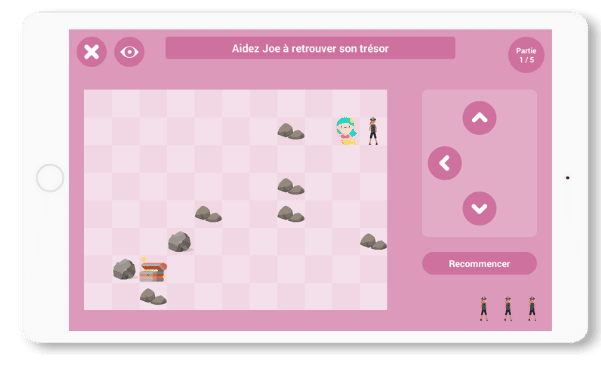
3. Organized eye movements
Visual gnosias involve sight, so eye movements are very important. Indeed, when we look around us, our gaze moves over the various elements to “soften” the information. When we look at something, our gaze must be organized to make sure we don’t miss anything, so we look up and down or left and right.
Eye movements are also important for reading, as our gaze must “move” from one word to the next along the line.
Around the world
In this game, the player has to find a country or department on the map. Eye movements are very important, as you have to scan the map with your eyes. To find the right place for a country or department, you look at the area where it’s going to be and then look at all the countries or departments in order to find the right one.
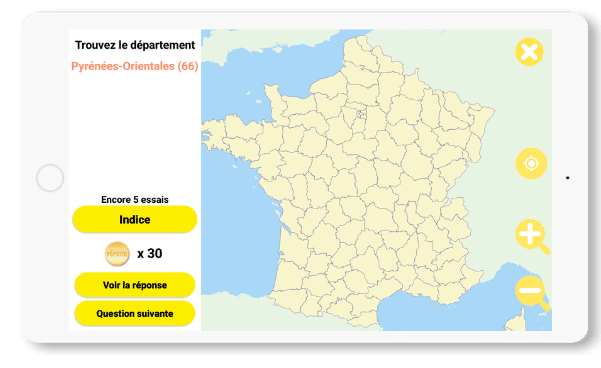
Visual gnosias are linked to visual perception and analysis.
If you want to improve your visual gnosias you can watch our program to improve perception with brain coach Clint.
Want to improve your visual gnostics?
Our games have the following 3 impacts:
-
Stimulate visual gnosis in everyday life: Our games are designed to train the recognition of objects and visual shapes. For example, the game “Les Cartes Endiablées” helps you memorize the location of objects and find them again, reinforcing the ability to identify and interpret visual elements in your environment.
-
Reinforce visual object recognition: Games promote the ability to quickly recognize shapes, objects or faces. For example, in “Simili”, you have to match pairs of similar images, thus improving fast and accurate visual recognition of elements.
-
Applications in everyday life: Working on visual gnostic awareness with our games improves your ability to recognize objects and faces in everyday life, such as when shopping, talking or driving, helping you to react more quickly to visual information.
Discover our attention training programs with our coaches!
COCO THINKS and COCO MOVES
A version for children aged 5 to 10

CLINT
A preventive version for seniors

SCARLETT
An easy and adapted version for seniors

Follow a training program for 4 weeks
ATTENTION PROGRAM
For 4 weeks, follow our program to work on attention by playing our specially selected games for 15 minutes a day.
MEMORY PROGRAM
For 4 weeks, follow our program to work the memory by playing our specially selected games for 15 minutes a day.
LANGUAGE PROGRAM
For 4 weeks, follow our program to work on language by playing our specially selected games for 15 minutes a day.
PLANNING PROGRAM
For 4 weeks, follow our program to work on your planning by playing our specially selected games for 15 minutes a day.
PERCEPTION PROGRAM
During 4 weeks follow our program to work on perception by playing our specially selected games for 15 minutes a day.
Complementary exercises at home to work on visual gnosis
Identify objects in complex images
-
Find objects hidden in images: Take a complex image (e.g. a street scene or a forest) and look for specific objects hidden in the image. This stimulates the ability to discern visual details in a stimuli-rich environment.
-
Observe works of art: Look at a work of art for a few minutes, then try to memorize the objects or colors present. This improves the ability to distinguish visual elements and memorize shapes.
Improve shape and color recognition
-
-
Shape recognition games: Use games where you have to identify geometric shapes or objects among distractions. This reinforces the ability to recognize shapes in complex visual environments.
-
Color discrimination exercises: Expose yourself to different shades of color and try to associate them with specific objects or situations. This improves the ability to distinguish and identify similar colors in different contexts.
-
Working on face recognition
-
-
Associating faces with names: Look at photos of people and try to remember their names and other details about them. This helps train face recognition and visual memory.
-
Face and emotion games: Practice games where you have to identify emotions on faces, associating facial expressions with specific emotions. This helps you improve your ability to read facial expressions and recognize faces in different contexts.
-
Observing and memorizing visual scenes
-
Observe a scene for 30 seconds: Look at a visual scene (such as a picture or video) for 30 seconds, then close your eyes and try to remember the details: who’s there, what’s going on around you.
- Reconstructing scenes: After observing a scene, ask someone to ask you questions about the objects or actions they saw. This strengthens the ability to record and recall complex visual information.
Tracking moving objects
-
-
-
Following moving objects: Observe a moving object (e.g., a bouncing ball or a moving vehicle) and try to follow it with your eyes without losing it. This exercise improves visual coordination and recognition of moving objects.
-
Visual pursuit games: Use applications or games that require you to follow moving objects or shapes on the screen. This reinforces dynamic visual gnostic awareness and stimulates rapid reaction to changes in the visual environment.
-
-
Using visual puzzles
-
-
Shape puzzles: Solve puzzles where you have to arrange pieces to form a complete picture. This helps reinforce the ability to assemble visual elements into a coherent picture.
-
Puzzles with blurred images: Use picture puzzles where objects are blurred or partially visible and try to put them back together. This improves the ability to perceive details in less sharp images.
-
Practice rapid object identification
-
-
Quick-recognition games: Play games where you have to identify objects in a short space of time, such as visual flashcards. This helps stimulate rapid recognition of objects and shapes.
-
Take part in visual quizzes where you have to associate images with specific categories (e.g. animals, objects, vehicles). This improves the speed and efficiency of visual recognition.
-
Memorize objects in complex environments
-
-
-
-
Observe a street scene: Spend a few minutes observing a scene in an urban environment (such as a busy street) and try to memorize the elements present: buildings, vehicles, people.
-
Do a store memorization exercise: Walk into a store and memorize the placement of items on the shelves. This helps reinforce the ability to memorize visual details in diverse environments.
-
-
-
Improve perception of visual details
-
-
-
Compare similar images: Look at two almost identical images and find the differences between them. This improves your ability to discern subtle visual details.
-
Observing images from different angles: Take an object and observe it from different angles. This improves the ability to perceive details and shapes from different perspectives.
-
-



